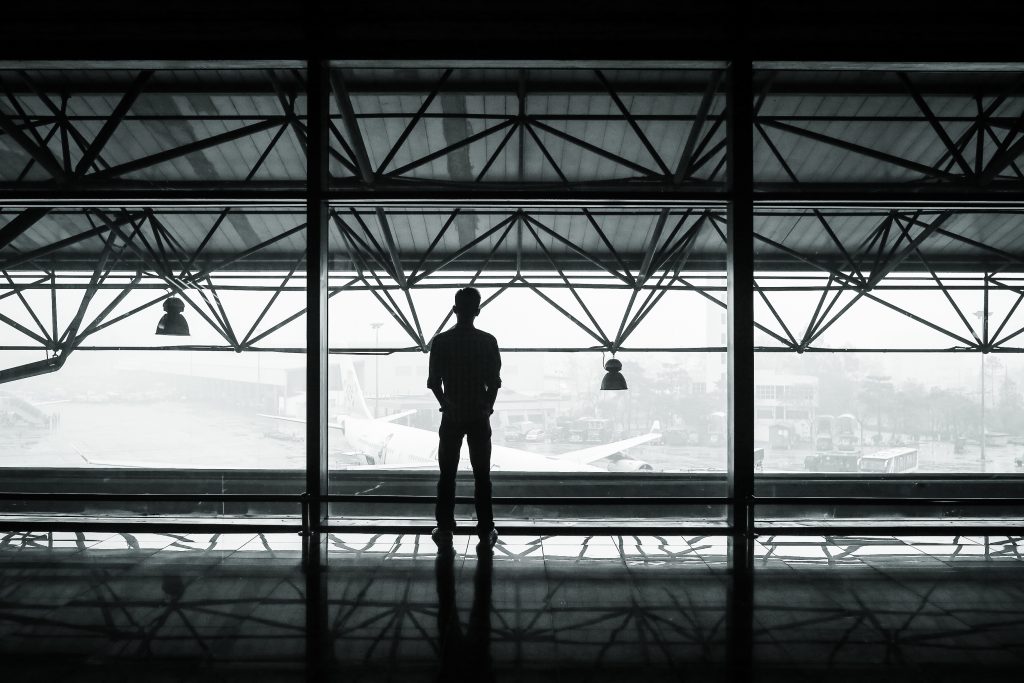Posted July 20th 2017
More than one in 100 people are on the autism spectrum in the UK, which is an estimated 700,000 people. Many of these people and their families do not travel because they are concerned with the changes and disruptions in routines that traveling today requires.
Have you ever thought about what it’s like for someone with autism to navigate the unusual processes and procedures of air travel?
In April 2017 Shannon Airport in Ireland opened Europe’s first sensory room, which offers a calm space for globetrotting kids with sensory sensitivities, and their caregivers. The mellow space has low lighting and spa-like music. There are colour-changing LEDs, an undulating wavy wall, and cloud and solar system projections which the children and free to play with and explore.

The National Autistic Society has compiled figures which showed that 44% of people on the autistic spectrum said they stay at home because they are afraid of being abused or harassed. One in four reported having been asked to leave a public place because of their autistic behaviour.
More than 99% of the public said they have heard of autism – yet only 16% of autistic people and their families think the public have a good understanding of the condition and how it can affect behaviour.
The changes being made at airports around the world are a small step towards creating friendlier and more understanding public spaces.
Several other European airports now have guides, booklets and videos available to travellers so you can prepare for your journey in advance.
- Gatwick has created an autism friendly visual guide. They are also an autism friendly award holder.
- Edinburgh has created leaflets to take you through each step of your journey.
- Aer Lingus has visual guides for you to download to breakdown what you’ll experience during each part of your flight.
- Manchester airport is in the process of creating awareness booklets and videos. They can also provide you with a lanyard to wear that shows you need assistance.
The Civil Aviation Authority has gathered a useful list of links to the airports and airlines in the UK so you can easily access all their pages around Special Assistance.
Another helpful resource, which allows you to start preparing for your journey while still at home, is a series of videos that have been created by Vancouver International Airport. The I CAN Fly with YVR series lets you experience each step that you will encounter on starting your holiday with them, from arriving at the airport to passing through security.
Watch the first in the series below
The National Autistic Society is asking everyone to make one small change to help reduce the overload for autistic people. To learn more about autism and the changes you can make visit the Too Much Information campaign page.
Sign up now and receive new blog posts to your inbox.
